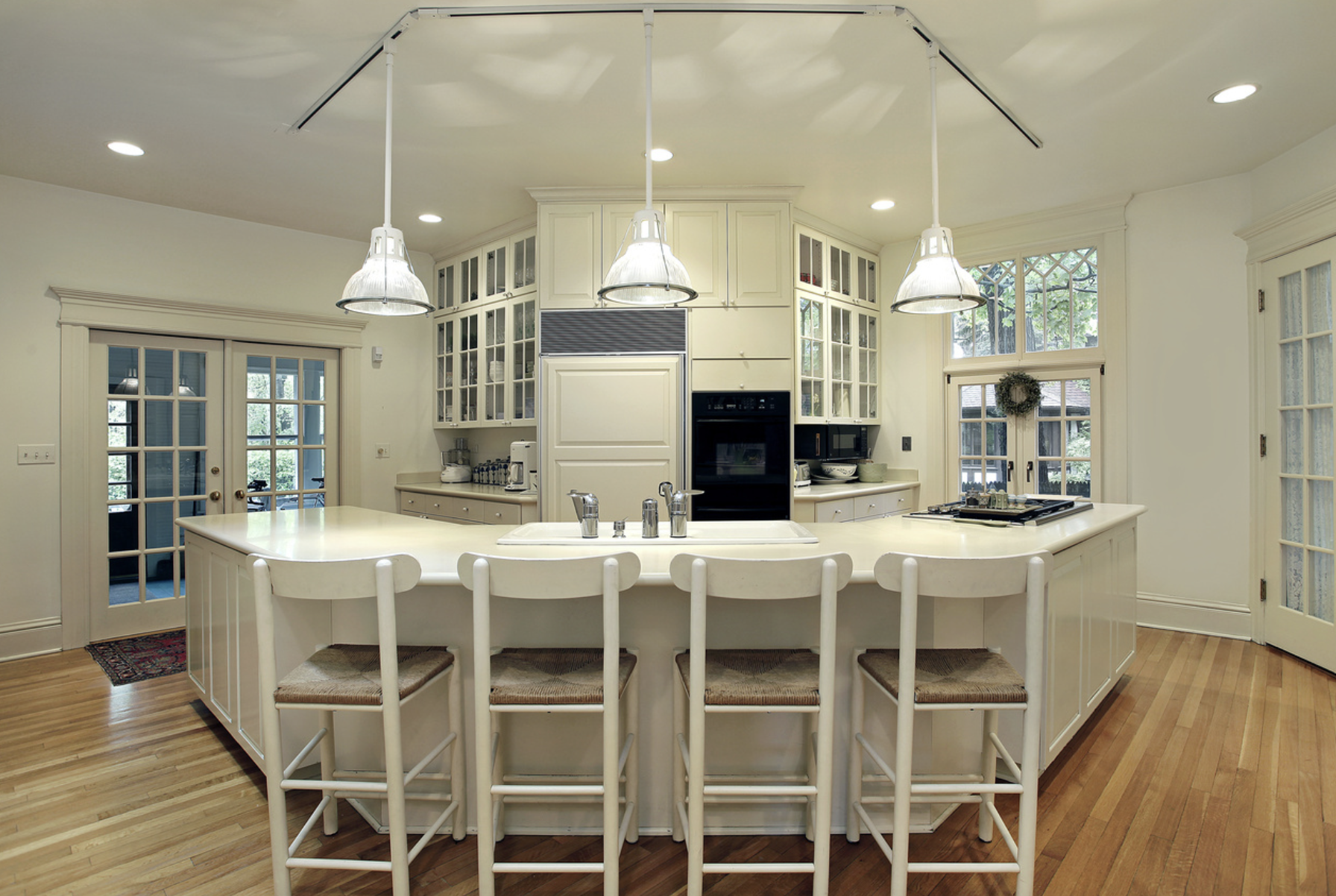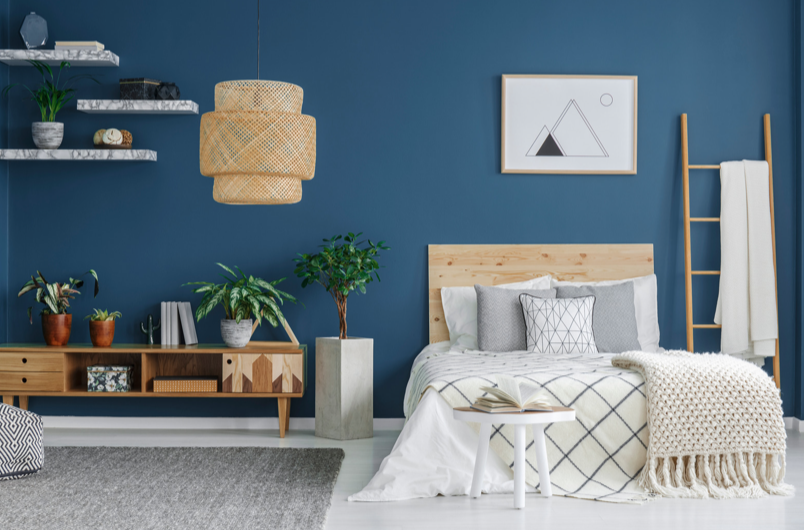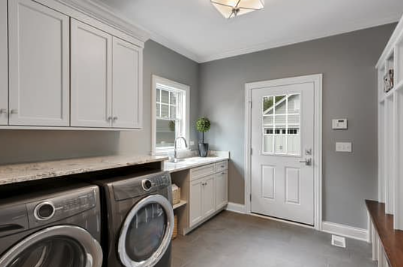Why paint?
Chapter 1
Chapter 1: Does my South Shore home need interior painting?
 There are a bunch of reasons people might hire an interior painter:
There are a bunch of reasons people might hire an interior painter:
You’re selling your home, and your “bold” color palette might put off buyers.
You’re redecorating, and your walls don’t match your new furnishings.
You’re tired of your current wall color
Your walls are marked up, dinged, and scratched. Your kitchen cabinets are dated.
If you’re selling your home, you want your wall colors to be as neutral as possible.
The idea is that home buyers might not be able to envision themselves in a home painted in bold colors. Most realtors suggest painting neutral ivory, beige, and gray to tone down the walls.
“But I don’t have much money to repaint the whole house before I sell it.”
Prioritize the rooms you want to paint. For example:
– To make a great impression on potential buyers driving up your driveway, ensure the front door is a universally appealing color (when in doubt, black is a good choice). This is a great DIY project that shouldn’t take more than a couple of hours and a quart of paint.

Prioritize the “first impression areas” like the foyer, mudroom, hallways, and downstairs living areas.
– Caulk the seams between walls and trim. New caulk can make a huge difference in how fresh a wall looks.
Ignore ceilings – especially if you’re on a budget and the ceilings are in good shape and not stained.
Interior paint should be the LAST step when redecorating.
This is because it’s much easier to match paint to fabric/carpet/bedding than to match furnishings to the paint. Paint can be matched to any color, so start by choosing furnishings and fabrics you love.
It’s also essential to install lighting before choosing an interior paint color so that the paint color won’t be thrown off by lighting that’s installed later.
In general, here are the signs your interior needs painting:
Faded or discolored paint.
Water intrusion or leaks (leaks must be fixed before painting).
Dinged trim, baseboard, and doors.
Dinged walls.
Shrinking caulk between the trim and wall.
Mold or mildew – especially in humid areas like teen bathrooms.
Your home is brand new construction. Did you know many building contractors often only paint one coat during construction?
The Benefits of Painting Your Home’s Interior:
Interior painting increases your home’s value. We do a lot of work for realtors and their clients on the South Shore and in the Boston suburbs, and time after time, a freshly painted home sells for more than it costs to paint it.
Important: If your home won’t sell for more than it costs to paint it, there’s no need to paint your residence! Use our handy guide to paint pricing to see the average cost to paint your home’s interior.
 The color you choose can make the whole room feel different.
The color you choose can make the whole room feel different.
Painting protects your home’s walls and trim. Paint sits on top of the surface of your walls and trim and protects it from scooters and all sorts of daily living messes.
Different kinds of interior paint for specific rooms:
Bathroom paint can help mitigate mold and mildew.
Scuff-resistant paint can help keep high-traffic areas looking new.
Anti-microbial paints kill germs on the wall’s surfaces for years.
Low or No-VOC paints give off very little fumes. This means the “new paint smell” won’t likely bother small children, pets, and others.
Air-cleaning paint like Sherwin Williams’ Superpaint actually cleans the air of harmful VOCs. VOCs or Volatile Organic Compounds are released from new furnishings and carpeting.
Stain seeps into the wood to protect it “from the inside out.” Some interior trim and moldings are stained instead of painted.
Painting is an inexpensive “bang for your buck.”
Look for a painter with a free designer on staff who will work with you at your home to get your colors just right.
Since you’ll be looking at the wall color for about seven years, it’s essential to get the interior paint colors “just right,” so spending time sampling interior colors and working with a designer is well-spent.
How often do I need to paint my walls?
This is 100% individual. A family living in a home can paint every 20 years. At the same time, another family with crayon marks on the walls might need to paint more often.
Ceilings don’t always need to be painted when you’re painting the walls, and walls don’t always need to be painted when you’re painting a ceiling.
Does the weather affect interior painting?
Interior painting drying times are longer in humid weather. If you don’t have air conditioning, you may want to wait for a cool day to paint.
Need interior painting? Schedule a quote online.
Go to Chapter 2 – Which interior paint should I use on my South Shore home?


